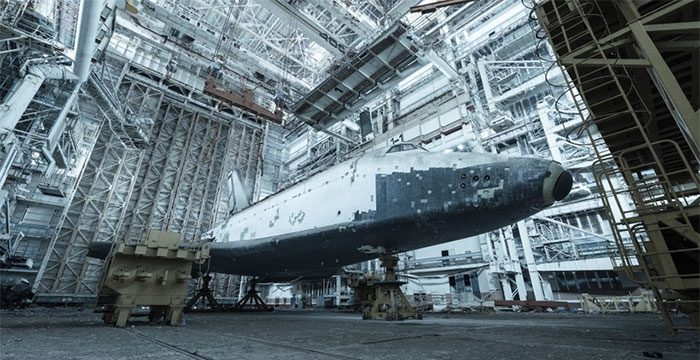Exactly 35 years ago, the Soviet spacecraft Buran made its first and, unfortunately, its final flight.
The Buran Space Shuttle, developed in the 1980s, was an incredibly complex machine, significantly different from the space vehicles of its time.

Buran Space Shuttle.
It may sound unbelievable, but Buran was designed for 100 flights into space.
Even modern SpaceX shuttles cannot boast such a high degree of “reusability.”
It’s no surprise that over 1,000 agencies and organizations across the Soviet Union worked on this project. A total of 16 billion rubles were spent on the spacecraft’s development.
The shuttle measures nearly 36.5 meters in length, with a launch weight of 105 tons and a payload capacity of 30 tons. Moreover, the Buran shuttle could return 20 tons back to Earth—potentially allowing for the retrieval and repair of faulty space station modules.
In essence, Buran represented the Soviet response to the American space shuttles. Both vehicles shared a similar appearance, but the American shuttle was launched into orbit using its own engines, while the Soviet shuttle was lifted by the super heavy rocket Energia.
The Buran’s construction took 15 years, and its first flight occurred on November 15, 1988, which tragically turned out to be its only flight.
During this mission, the Buran shuttle orbited the Earth twice and landed at the Baikonur Cosmodrome, from which it had launched. The flight and landing of the spacecraft were fully automated, marking the first instance of such technology in the field of space travel worldwide.

The Buran Space Shuttle is currently in a state of significant decay.
In fact, the Buran met all the expectations placed upon it and demonstrated the ingenuity of Soviet designers to the world.
Initially, Moscow planned to build five such shuttles to conduct 10 to 12 flights per year. However, the development of this unique program coincided with one of the most challenging periods for the economy, which ultimately determined the project’s fate.
Unable to secure funding to continue supporting the program, and with the cost of a shuttle flight into orbit being dozens of times higher than that of a Soyuz rocket launch, the project was deemed inefficient and was prematurely terminated.



















































